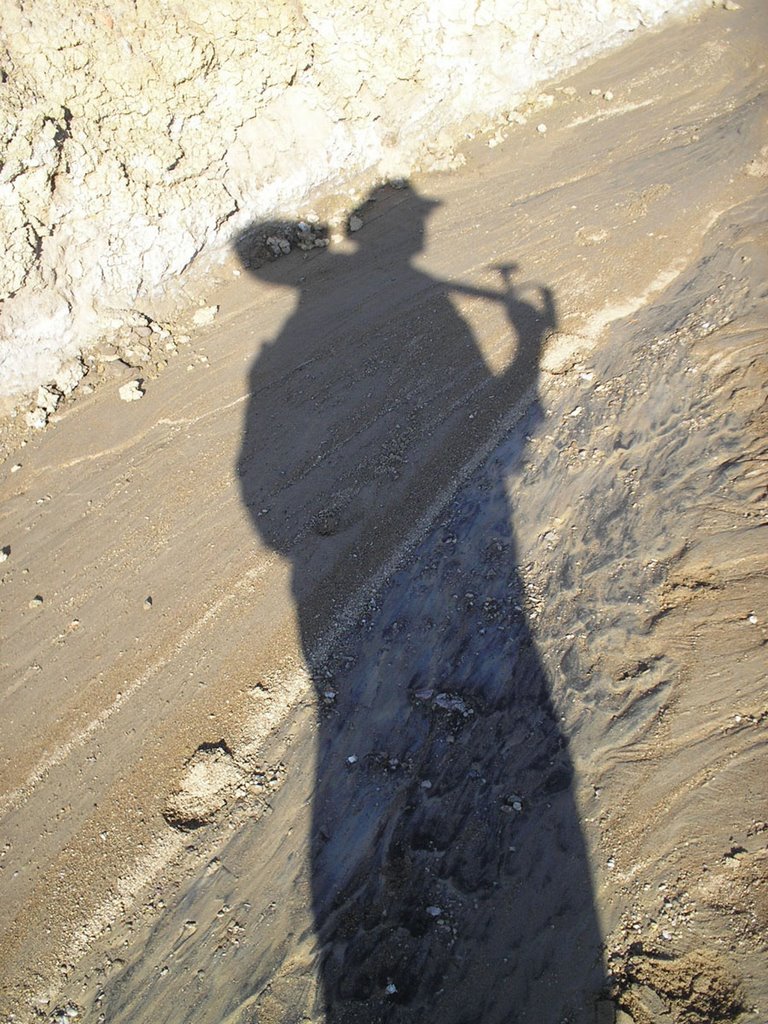Calling all freaks now

Hey, a commenter on my emu dissection post had a good question: what's the deal with wing claws in ratites? Are they inherited directly from other theropods--i.e., there was never a time when the lineage leading to ratites didn't have hand claws--or were they lost and then re-evolved within ratites, or what? Also, anyone know anything about their function, or lack thereof? Darren, Tom, Randy, Sarah, all and sundry--time to show what you know and expose me for the ignorant poseur I surely am.
Labels: Animals, Cries For Help


8 Comments:
As far as I can see, there is no strong evidence for thumb claws in tinamous, nor in most Mesozoic euornithines (modern birds and everything closer to them than to enantiornithines), so I would say this is likely a reversal.
That being said, I don't know enough about the particular osteological morphology of digit I in ratites to say if it is distinct from tinamous, stem-euornithines, etc. If so, than that strengthens the reversal hypothesis. If not, than perhaps many of the fossil guys kept it, too.
I recall seeing a pic a few years ago showing an ostrich scratching itself with it.
[wracks brain to recall where, ... gives up...]
It was in a book, and not on the web. One can certainly imagine the need to have a good scratching tool. Sometimes the beak just wouldn't be pointy enough for the job. I'll try to track down the book...
The condition in tinamous might not be that important for reconstructing the ancestral state in palaeognaths if they are nested within other ratites as proposed by Hackett et al. (2008).
The answer probably lies in what condition is found in various basal ornithurine birds. I checked Clarke's most recent matrix, but unfortunately she doesn't have a character for the presence/absence of manual claws. Anyone know if all of those Cretaceous birds have claws, or if they were lost prior to the palaeognath/neognath divergence?
Hackett, S.J., et al. 2008. A phylogenomic study of birds reveals their evolutionary history. Science 320:1763-1768.
Regards,
Randy
Late to the party here, sorry about that. Buuut... I've always thought that manual claws (certainly on digit I, possibly on digit II) were primitive for neornithines, and essentially retained throughout avian history, though with losses here and there. Ichthyornis, for example, probably lacked a digit I ungual but possessed one on digit II, and the same was probably true for taxa like Ambiortus.
Among neornithines, the presence of a digit I ungual in ratites, galliforms, anseriforms, ciconiiforms, charadriiformes and others strongly suggests that this claw is primitive for Neornithes. A digit II ungual is much rarer but its presence in juvenile anseriforms could suggest that it might also be ancestral for the clade. So far as I know the best review of carpal claw presence in extant birds remains Fisher (1940)...
Fisher, H. I. 1940. The occurence of vestigal claws on the wings
of birds. American Midland Naturalist 23, 234-243.
By the way, are you ok if I steal your emu dissection photos for Tet Zoo some time?
By the way, are you ok if I steal your emu dissection photos for Tet Zoo some time?
Of course! Anything I've got here at ADV is yours.
Thanks for the bird claw info, and the ref. I'll check it out.
Yeah, I was going to mention the paper by Fisher...
I've looked for these myself on a few different bird specimens when the random thought ovccurs to me while I'm working on them, and seems quite tricky to spot them when reduced. Fisher is fairly comprehensive and is the only study broad study I know of. There are some more narrow studies on raptors (here I mean falconiformes, not Jurassic Park slang) somewhere in that pile of papers in the corner...
Chris Glen
While I can't claim any info on ratites, I do know that roosters, in particular the breed-mixes used locally for cockfighting have thumbclaws too. They seem to have no particular purpose, as one pet rooster I had lost the thumbclaw of one wing with a fight in the cat, but nothing changed with regards to behavior or physical health. The thumb just seemed to be a hanger-on, and served no special purpose.
Why not ask an emu farmer if he or she has observed the claws being used, and how? I'm voting for scratchers and pest-removers. Unlike most birds, emus have big clumping feet and broad beaks that can't be pressed into service chivying ticks and fleas.
Post a Comment
<< Home